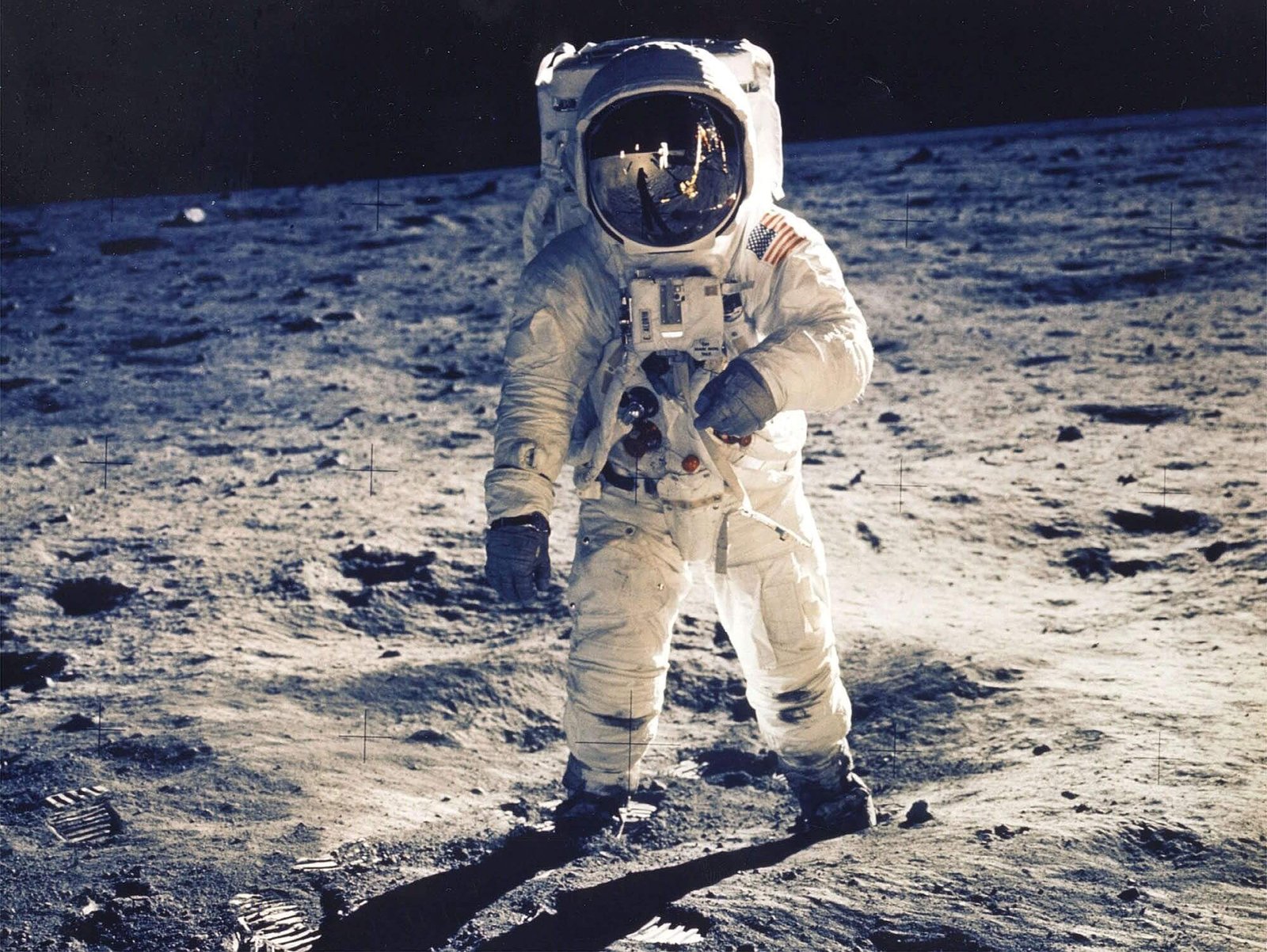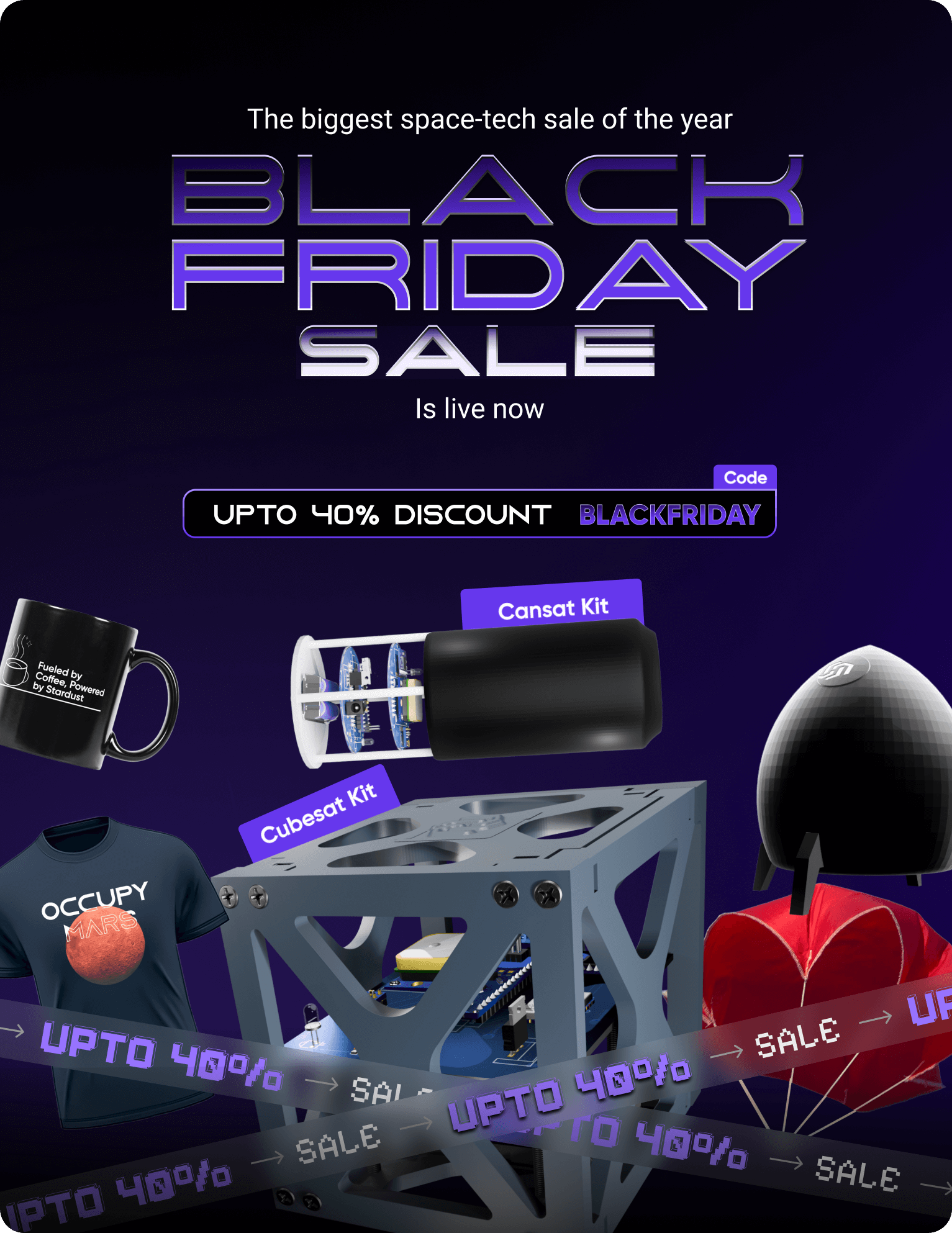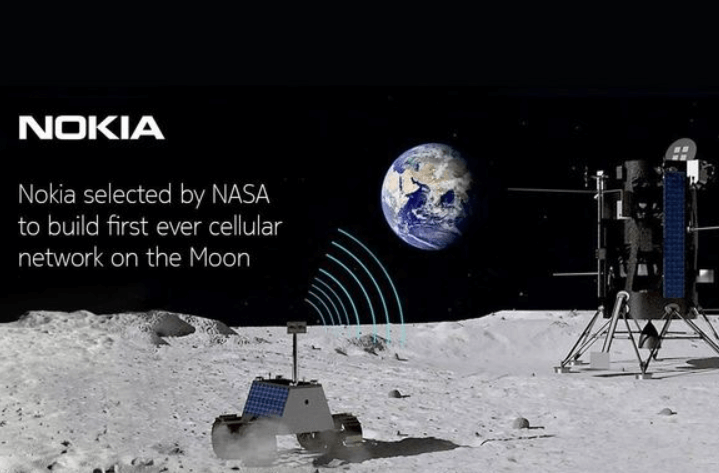Space science have always captivated the brains and hearts of people. From the early days to the modern era, the quest has been never-ending and humans have been pushing the limits beyond boundaries to explore the vast cosmos and the things that reside behind. In the recent years, the field of space science is experiencing rapid developments with the rise in international collaborations, private sectors and with the development of artificial intelligence. From discovering exoplanets to various researches being conducted on dark energy, space science has been taking over STEM gradually.
RECENT MILESTONES:
With the list of groundbreaking milestones by various space organisations around the world, here is a list of few achievements which gathered the world’s attention.
LUNAR MISSIONS
NASA’s Artemis program aims to return humans to the Moon by 2025, with the Artemis I uncrewed mission successfully launching in November 2022, testing the Space Launch System and Orion spacecraft.

Source : NASA – Artemis Mission crew
India’s Chandrayaan-3 mission, planned for 2024, intends to build on the successes and lessons of Chandrayaan-2, focusing on a successful landing and rover deployment on the lunar surface.
India became the fourth country in the world to execute a successful lunar mission and the first ever country to land on the south pole of the moon.

Source : India today
MARS MISSIONS
NASA’s Perseverance Rover successfully landed on Mars in February 2021, tasked with searching for signs of ancient life and collecting rock samples for future return to Earth.
The United Arab Emirates’ Hope Probe entered Mars orbit in February 2021, aiming to study the Martian atmosphere and climate dynamics.
China’s Tianwen-1 mission, which includes an orbiter, lander, and rover, achieved a successful Mars landing in May 2021
SPACE MISSIONS
Recently, AGNIKUL COSMOS, a private startup has gained the attention of many Indians. They have launched the first ever 3d printed, semi-cryogenic rocket engine.
For more information, please click the link below
The James Webb Space Telescope (JWST), launched in December 2021, has observed infrared observations, enabling scientists to dive deeper into space and time, studying the formation of stars, galaxies, and potentially habitable exoplanets.

Source : ICRAR – mystery galaxies
The European Space Agency’s Gaia mission continues to map the Milky Way in extraordinary detail, containing over a billion stars and uncovering the galaxy’s structure and evolution.
IMPACTS ON SCIENCE
SCIENTIFIC KNOWLEDGE
The observations gathered from these missions has paved ways to new discoveries. Mars orbiters and rovers help us to know more about planet formation and the temperature in the outer space. The observations by JWST have introduced us to some fascinating formations of stars and galaxies.
ECONOMIC GROWTH
International collaborations, private space sectors contribute widely to the economic growth a nation. Additionally, it creates a lot of job opportunities while creating an interdisciplinary domain. This engages unity and the curiosity among the people of the nation about their place in the universe.
FUTURE PROSPECTS
Interplanetary commerce
Setting up observatories, research-based companies on the neighbouring planets is on the top of the bucket list of many space organisations at this hour.
Enhanced Earth Observation:
Continued improvements in satellite technology will enhance Earth observation capabilities, aiding in climate change monitoring, environmental protection, and natural resource management.
Deep Space Exploration
Missions targeting the outer planets, their moons, and beyond (such as the proposed missions to Europa, Titan, and interstellar probes) will push the boundaries of our knowledge and technology, potentially uncovering signs of life and new scientific phenomena.
In conclusion, the latest developments in space research mark important advancements in our mission to discover and comprehend the cosmos. These developments have far-reaching effects, motivating future generations and advancing scientific research as well as technological innovation and economic progress. Future space scientific developments could lead to previously unheard-of levels of exploration and discovery, influencing the human civilization in unbelievable ways.
FREQUENTLY ASKED QUESTIONS (FAQ)
- What is the future growth of the space industry?
The global economy will include a bigger portion of space. The space economy is expected to develop at an average annual growth rate of 9% to reach $1.8 trillion by 2035, up from $630 billion in 2023. This amount is far higher than the growth rate of the world GDP.
- What are the future missions of NASA?
Humans will be sent to the Moon by Artemis missions for extended periods of scientific research and exploration. Artemis I was an unmanned flight test that flew 40,000 miles beyond the Moon’s far side and returned to Earth in order to verify the Orion spacecraft, Space Launch System rocket, and other critical components.









